About the Author
P aul Parker has been telemark skiing for over thirty years. He is a certified ski instructor in both nordic and alpine skiing, and a former member of the Professional Ski Instructors of Americas Nordic Demonstration Team. Involved for many years in developing new products for telemark, including boot and ski design, he currently develops skis for Tua Ski and boots and outerwear for Garmont. He lives in Breckenridge, Colorado.
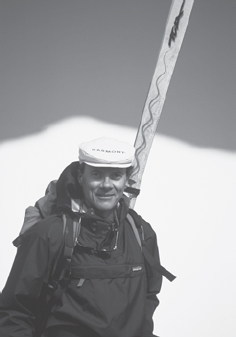
Brian Litz
THE MOUNTAINEERS, founded in 1906, is a nonprofit outdoor activity and conservation club, whose mission is to explore, study, preserve, and enjoy the natural beauty of the outdoors. Based in Seattle, Washington, the club is now one of the largest such organizations in the United States, with seven branches throughout Washington State.
The Mountaineers sponsors both classes and year-round outdoor activities in the Pacific Northwest, which include hiking, mountain climbing, ski-touring, snowshoeing, bicycling, camping, kayaking and canoeing, nature study, sailing, and adventure travel. The club's conservation division supports environmental causes through educational activities, sponsoring legislation, and presenting informational programs. All club activities are led by skilled, experienced volunteers, who are dedicated to promoting safe and responsible enjoyment and preservation of the outdoors.
If you would like to participate in these organized outdoor activities or the club's programs, consider a membership in The Mountaineers. For information and an application, write or call The Mountaineers, Club Headquarters, 7700 Sand Point Way NE, Seattle, WA 98115; 206-521-6001.
The Mountaineers Books, an active, nonprofit publishing program of the club, produces guidebooks, instructional texts, historical works, natural history guides, and works on environmental conservation. All books produced by The Mountaineers Books fulfill the club's mission.
Send or call for our catalog of more than 500 outdoor titles:

The Mountaineers Books
1001 SW Klickitat Way, Suite 201
Seattle, WA 98134
800-553-4453
www.mountaineersbooks.org

The Mountaineers Books is proud to be a corporate sponsor of Leave No Trace, whose mission is to promote and inspire responsible outdoor recreation through education, research, and partnerships. The Leave No Trace program is focused specifically on human-powered (nonmotorized) recreation. Leave No Trace strives to educate visitors about the nature of their recreational impacts, as well as offer techniques to prevent and minimize such impacts. Leave No Trace is best understood as an educational and ethical program, not as a set of rules and regulations. For more information, visit www.LNT.org, or call 800-332-4100.
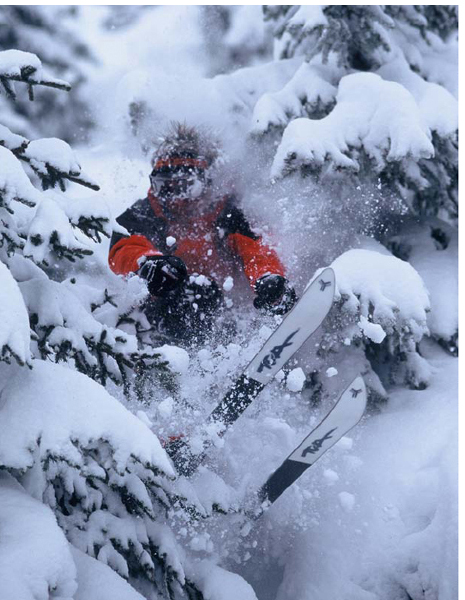
 John Norris
John Norris
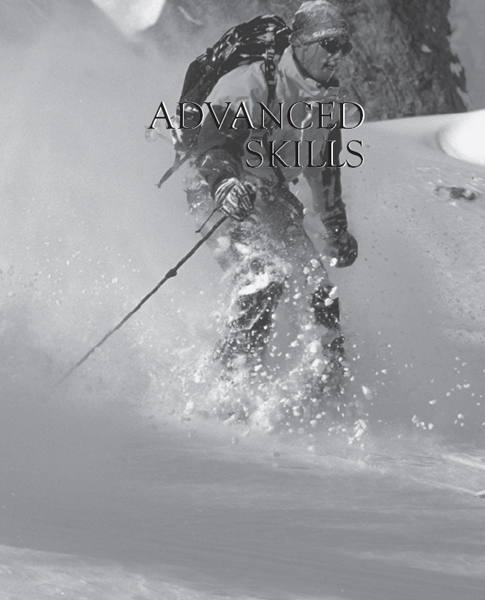
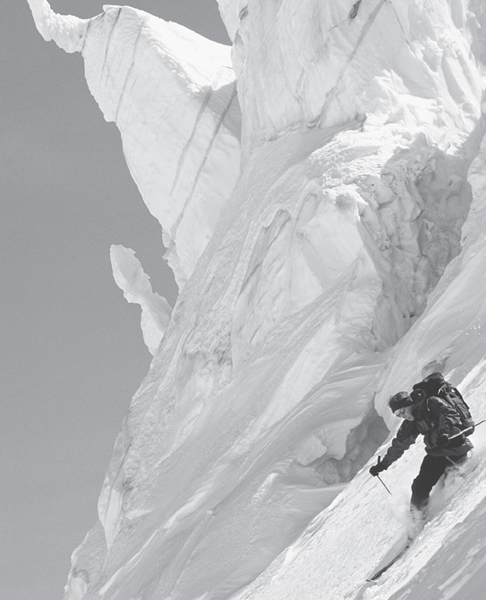
John Norris

John Norris


Paul Parker
Bibliography
Abraham, Horst. Skiing Right. Boulder, Colorado: Johnson Books, 1983.
Hall, Bill. Cross-Country Skiing Right. San Francisco: Harper and Row, 1985.
Joubert, Georges. Teaching Yourself to Ski. Aspen, Colorado: Aspen Ski Masters, 1970.
Lunn, Arnold. A History of Skiing. Oxford: Oxford University Press, 1927.
Tejada-Flores, Lito. Backcountry Skiing: The Sierra Club Guide to Skiing off the Beaten Track. San Francisco: Sierra Club Books, 1981.
Tejada-Flores, Lito. Breakthrough on Skis: How to Get Out of the Intermediate Rut. New York: Vintage Books, 1986.
Witherell, Warren, and David Evrard. The Athletic Skier. Salt Lake City: The Athletic Skier, Inc., 1993.
Free-heel's Roots
The real fathers of the sport were not the men who made a few halfhearted experiments with skis and then abandoned the fickle boards in despair, but those who first proved by solid achievement the wonderful possibilities of the ski.
Arnold Lunn
T hroughout modern ski history one theme recurs: the gradual development of two separate skiing disciplines, alpine and nordic. Early masters of the two schools fought like rival siblings to establish theirs as the superior one. Yet neither style succumbed. Instead, each grew more specialized for its home terrain. Alpine developed sophisticated downhill maneuvers; nordic evolved for cross-country travel.
The rebirth of the telemark has brought these two rivals back onto the same terrain. Yet there is still a distance that separates the two, one that, fortunately for the sport of skiing, is shrinking. What today is only a technical or aesthetic difference began as a heartfelt rivalry a hundred years ago.
The feud between nordic and alpine came late in the sport's development, once ski technique had matured. Long before that, skiing had originated in the far north. Most historians credit Scandinavia with the birth of skiing; but some believe it was introduced in China, not as a means of travel across snow but to support people on peat bogs and mud flats while they collected duck eggs.
Historian Arnold Lunn supports this theory. Pattens have been employed from time immemorial not only on snow, but for crossing mud, sand, lava. For most, however, skiing began on snow in Scandinavia. Numerous archaeological discoveries in Norway, Sweden, and Lapland substantiate this theory.
Early skis varied in length and shape and were made from ash, pine, or birch. Some were solid boards with the tips soaked or steamed and turned up. Others were frames of wood covered in leather. Skiers used one long pole, which they dragged as a brake and used as an outrigger. While many skis in the far north were short and wide, a pair of Lapland skis had two different lengths. The shorter ski had a kind of climbing skin made from fur for uphill purchase; the longer ski was used for glide. Farther south, skis were long, and the two skis in a pair were of equal length, resembling skis used in the 1930s.
THE NORWEGIAN TECHNIQUE
Sondre Norheim is considered the father of the Norwegian technique. It was Norheim who, in the late 1800s, developed the telemark on the slopes around his town of Morgedal in the Telemark region of Norway. He introduced the telemark to the world at a jumping competition in Oslo in 1868, where he not only awed a large crowd with his 76-foot jump but also punctuated his landing with a graceful telemark turn to a stop.
The telemark turn wasn't just a curiosity but a viable technique for the equipment of the day, which consisted of free heels and wooden skis with no sidecut. In the telemark position one could wedge the forward ski slightly and have the effect of one long, sidecut ski. When properly performed the result was an elegant arc, most often a medium-to-long-radius turn well suited to Norway's moderate terrain and deep snow.
Next page
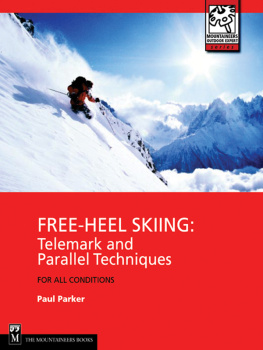




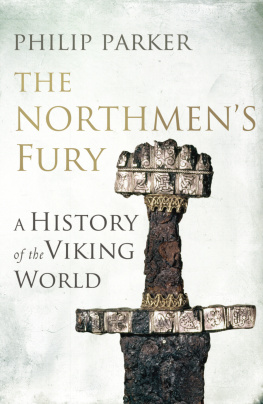


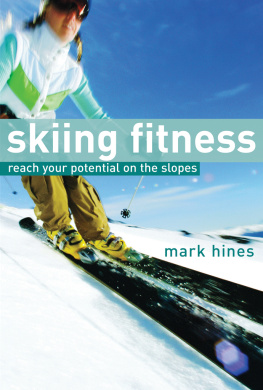
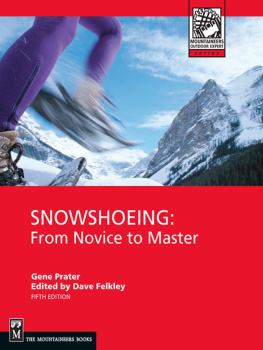
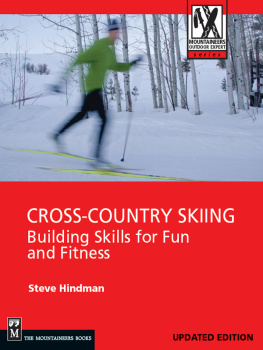
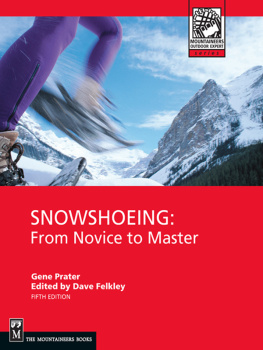
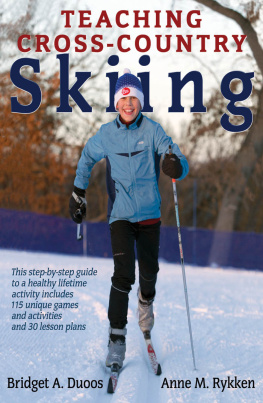





 John Norris
John Norris



